Whether you’re a beginner gardener or a green-thumb looking to go back to basics, easy-to-grow veggies are a great way to experience the joy of gardening. Canada’s climate varies greatly, spanning virtually all hardiness zones, so as with growing fruit trees and berry bushes, it’s best to know your city’s hardiness zone when planning your garden. Nonetheless, these easy veggies to grow in each province are a great place to start!

British Columbia
BC is home to some of the milder climates in Canada, which gives gardeners lots of flexibility. So when it comes to easy veggies to grow, it depends on what you’re looking for. Beans and peas germinate famously quickly – near-instant gratification means you can enjoy your crops sooner. Rhubarb takes a few years to establish, but once it does, it’s an incredibly low-maintenance and prolific crop.
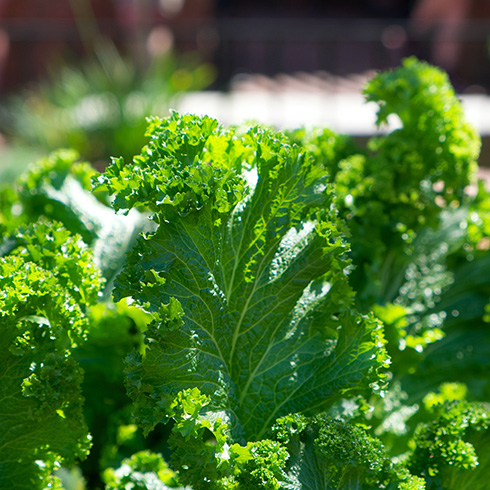
Alberta
In addition to being fast-growers, beans and peas are easy to grow in most climates, Alberta included. For northern Albertans – who may experience a late last frost and early first frost – kale is a great choice because this hardy green grows quickly and is frost-resistant. Some folks can enjoy their kale salads well into October and November!
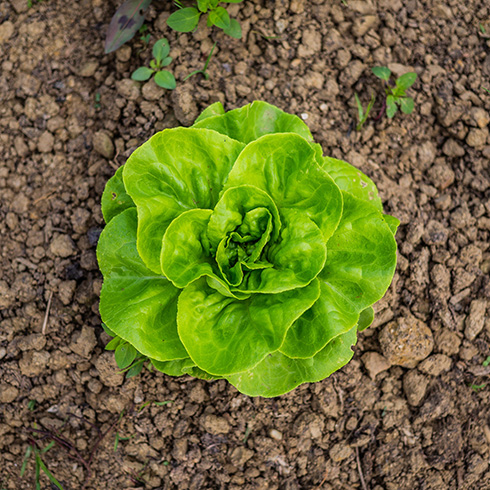
Saskatchewan
For beginner gardeners in Saskatchewan, growing leafy greens are a solid bet. Greens like lettuce are easy to grow, and provided you choose a leafy lettuce (as opposed to a head lettuce), they will regrow the leaves you cut, which means you can harvest from them all summer long. For folks in the cooler hardiness zones of Saskatchewan, kale is a great hardy crop that’ll hold up to chilly springs and falls. Be sure to look into pest management for leafy greens, as they’re a favourite of snails and slugs!
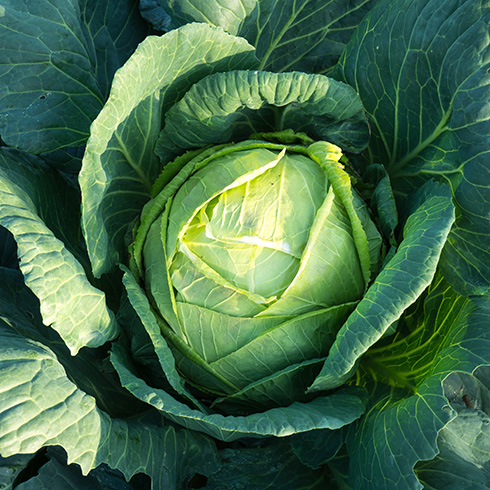
Manitoba
Cabbage is a spring and fall crop, so you can safely plant it later in the growing season with the expectation that it’ll thrive in the cooler months. It’s also a relatively cold-hardy plant that won’t mind a little frost.
You may also like: 10 BIPOC-Owned Plant Shops Across Canada
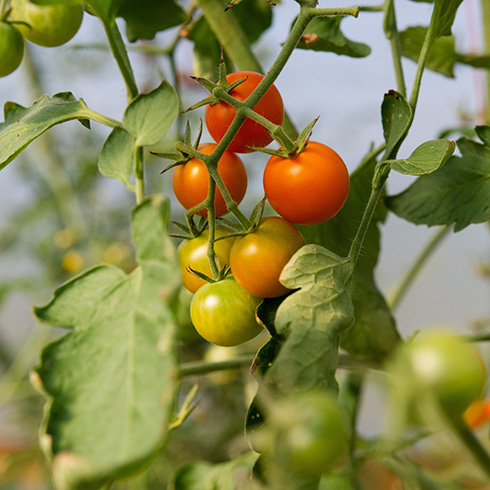
Ontario
Ontario’s short, hot, humid summers are perfect for growing tomatoes. In particular, cherry tomatoes are perfect for cooking, salads, or popping in your mouth while you tend the rest of your garden. Look for indeterminate varieties that’ll keep bearing fruit throughout the summer to help you make the most of the season.
Related: How to Peel a Tomato the Right Way
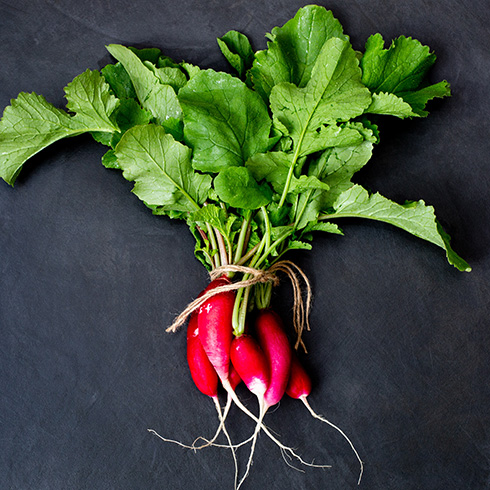
Quebec
Radishes are the perfect crop to grow in Quebec because they’re not only cold-hardy, but also prolific in cooler weather. You can also sow them straight in the soil in the spring or fall, so there’s no worrying about starting them indoors, and it’s not too late to grow some of your very own.
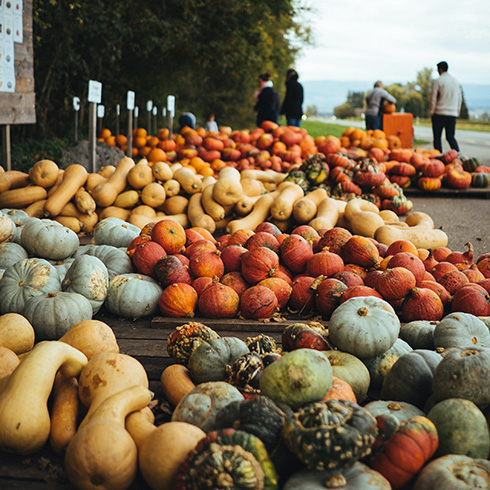
New Brunswick
Provided you’ve got some space to work with, squash is a great crop to grow in New Brunswick. From zucchini to butternut squash to pumpkins, gourds come in a ton of varieties and are also one of the most versatile crops, cold-hardy while still holding up to hot summers. They’re also famously prolific, which means you can plant some squash and sit back and watch it grow!

Nova Scotia
Garlic, especially hardneck varieties, is a super easy crop to grow in Nova Scotia – not only is it cold-hardy, it actually requires a period of cold stratification in order to grow! For this reason, garlic is best planted in the fall for next summer’s harvest.

Prince Edward Island
Potatoes: whether you boil ‘em, mash ‘em, or stick ‘em in a stew, there’s a reason why PEI is famous for spuds! With red iron-rich soil, ideal moisture retention, and balmy but rainy summers at your disposal, plant your potatoes in-ground if you can to take advantage of the island’s ideal growing conditions.
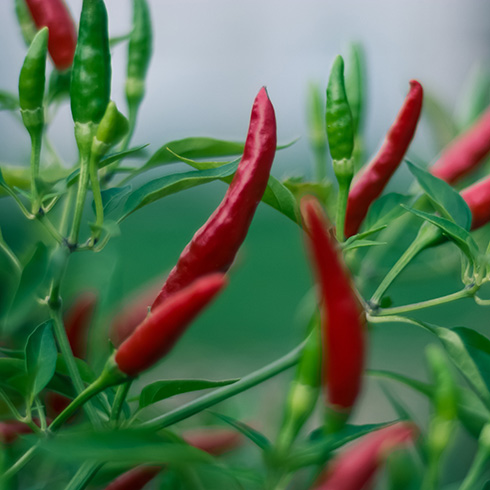
Newfoundland and Labrador
Peppers grow so well under so many different conditions – in ground, in containers, grow bags, hydroponics – as long as they’re kept warm. Warm Newfoundland summers are perfect for this! Grow a mix of sweet and spicy peppers, and vary the Scoville level of the peppers you choose for maximum cooking versatility.
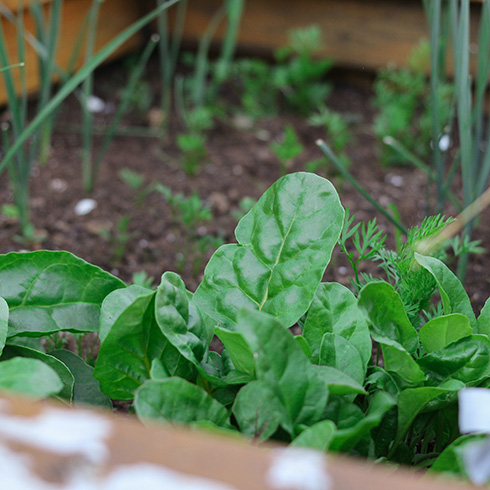
Nunavut
Classic, easygoing crops like leafy greens – lettuce, kale and spinach – and root vegetables such as radishes and carrots will do well during Nunavut’s cooler growing seasons.
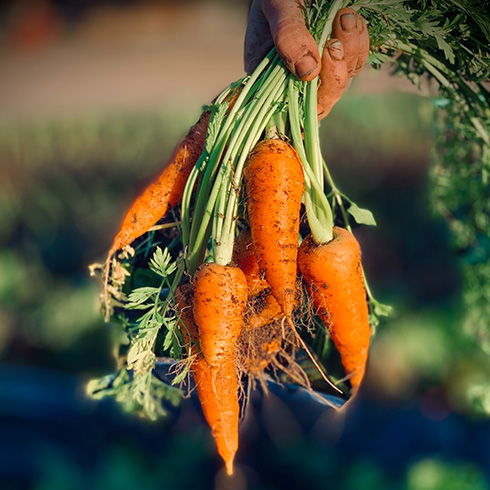
The Yukon
Carrots, especially Chatenay and Nantes varieties, are easy to grow and suited to the Yukon’s summer climate. Nantes carrots don’t require super deep soil and can therefore be grown in containers – this is great for the Yukon as moisture retention in soil can be a challenge in the summer, and carrots do need quite a bit of water. If you’re looking to plant in the ground, chatenay carrots are most versatile in that they’re not picky about what type of soil they’ll grow in.

Northwest Territories
Choosing what to grow in Northwest Territories is important – it may not get hot enough for those quintessential summer crops like peaches and watermelons, but there are still plenty of options for gardeners up north. Classic crops like peas and beans, kale, lettuce, and even carrots and potatoes can all be grow in the north.
HGTV your inbox.
By clicking "SIGN UP” you agree to receive emails from HGTV and accept Corus' Terms of Use and Corus' Privacy Policy.




